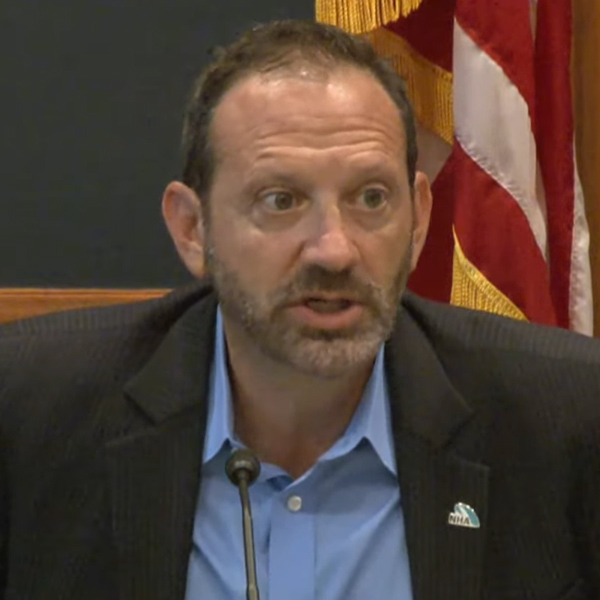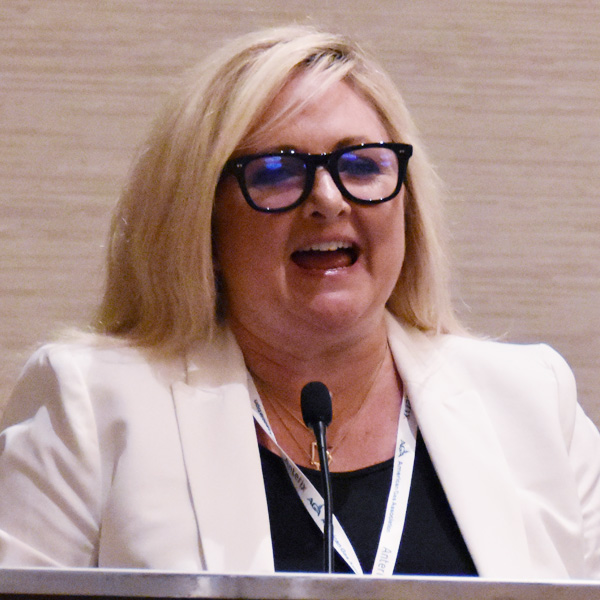SPP’s Board of Directors on Tuesday sided with staff in approving an increase of the RTO’s planning reserve margin (PRM) to 15%, effective next year.
In doing so, the board sidestepped a recommendation from the Markets and Operations Policy Committee to “stair-step” the increase by adding a percentage point to the PRM over three successive years. (See SPP Board, Regulators to Consider Reserve Margin Increase.)
SPP’s reserve margin requirement, currently 12%, is based on a probabilistic loss-of-load expectation (LOLE) study during summer months that is performed every two years to determine the capacity needed to meet the reliability target of a one-day outage every 10 years (0.1 days/year). LREs unable to meet an obligation that is now increasing three points to 15% can incur financial penalties from the RTO.
Half of the 18-person Members Committee approved the motion in an advisory vote, with five (Golden Spread Electric Cooperative, Oklahoma Gas & Electric, Omaha Public Power District, Xcel Energy and Public Service Company of Oklahoma) opposing and five (Dogwood Energy, Empire District Electric, Oklahoma Municipal Power Authority, Tenaska Power Services and Western Area Power Administration) abstaining.
“In all my years with SPP, I’ve probably not had more individual contact on an issue than this one,” said Board Chair Larry Altenbaumer, a director since 2005. “While I’m hopeful to find ways to mitigate any financial costs that people might face, as Winter Storm Uri demonstrated, those costs to meet reliability will pale in comparison with the costs of forced outages and not meeting load.
“There would be no worse scenario than to delay the 15% implementation and then to have an unusual summer event,” he said. “I don’t want SPP and regulators to be on the other end of calls from governors about why didn’t we get this done.”
The Supply Adequacy Working Group (SAWG) recommended the stair-step approach, saying it would give SPP time to reduce the generator interconnection queue’s backlog, adding certainty to generation forecasts, and allow LREs short of their capacity requirements to cure deficiencies.
SPP COO Lanny Nickell promised members that staff would do everything it could to develop a mitigation plan that works for those LREs short of their requirements.
“That is a critical issue that has to be resolved,” he said. “We have to have adequate resources to keep the lights on, but we also have to help our members who are in a position they didn’t expect to be in … We’ve got to move forward and figure out how to implement [the plan] and help members who are in this position through no fault of their own.”
Nickell said LREs short of their capacity requirements — a dozen, according to SPP — have several options to meet the 15% capacity obligation:
-
-
- purchase existing excess capacity from other entities;
- use interim service in the GI process;
- defer currently planned generation retirements;
- reduce off-system sales; and
- increase demand response and/or interruptible load.
-
Still, Nickell said staff will also develop a waiver process to be used by members have not had time to cure their deficiencies with the PRM requirement. They plan to offer that up to MOPC during its October meeting.
The directors also approved a motion to accept SAWG’s performance-based accreditation methodologies in its policy paper. Several stakeholder groups and a task force also approved the methodology.
The paper outlines accreditation for conventional thermal resources based on their performance over a five-year period, with the worst year tossed out. This is the first time SPP has applied this methodology.
“By having more reliable capacity on the system, that means you need less capacity overall,” said Antoine Lucas, SPP’s vice president of engineering. “Performance-based accreditation could actually reduce the reserve margin itself, but more importantly, the reserve adequacy requirement.”
SPP last year filed a revision request at FERC to adopt an effective load-carrying capacity accreditation methodology for wind and solar resources. The commission has twice responded with deficiency letters (ER22-379).
Several members and SPP’s Market Monitoring Unit were among those questioning only using the four best years to arrive at the accreditation. The MMU said the approach should be balanced with an appropriate winter planning reserve margin but said it did not oppose or support the proposal.
The measure passed the Members Committee 13-1, with only OG&E opposing. Advanced Power Alliance, the American Clean Power Association, PSO and Xcel abstained.
The Regional State Committee approved both recommendations unanimously, surprising its chair, North Dakota Public Service Commissioner Randy Christmann.
“I thought it would be very close,” he said. “This process has been inspiring. I saw leadership in these last two months with RSC members, with CAWG members, with member companies’ members, some of whom didn’t get their way necessarily on this. But they provided the information we needed to make what we believe is the best possible choice. They really stepped up on behalf of their companies and used the expertise they have in the subject area.”
Members generally agreed, as they did during the MOPC’s lengthy discussion two weeks ago, that the 15% PRM was appropriate, but not without a “glide path” to the target.
“We’re asking the utilities to make turns that are very difficult,” said Oklahoma Corporation Commissioner Dana Murphy. “It’s like turning the Titanic. Sometimes it takes a little bit more of lead time.”
Both measures will require staff to draft revision requests to be filed at FERC.




